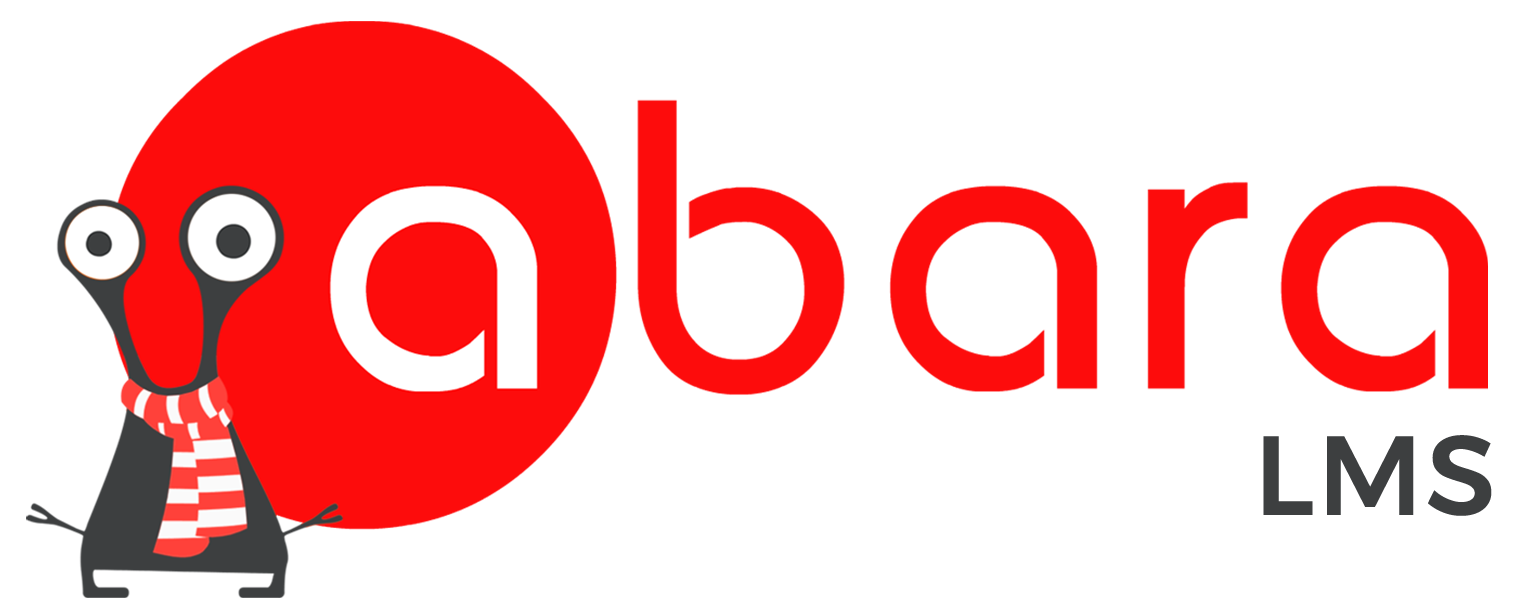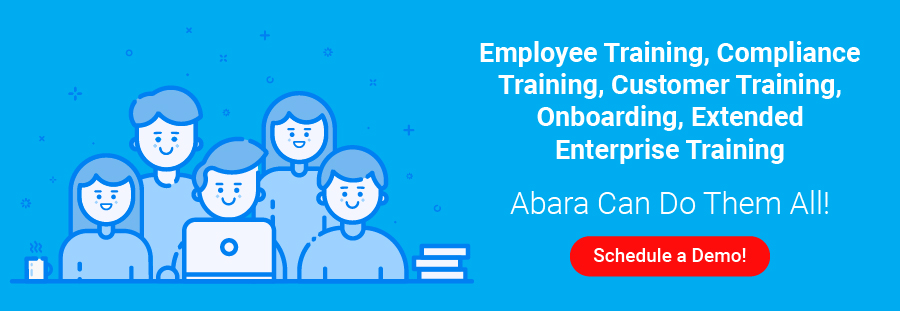As we near the last quarter of 2019, it is time we take a look at your training in general. Why? Because this is a chance to analyse your current year’s performance, what went wrong, where did it go right, and how to prepare for the coming period.
This analysis considers two broad areas of interest:
- 1. Primary Training Analysis Enablers for the Year (goal setting, outcome tracking, structuring the training)
- 2. Technologies Employed (Flash/old course conversions, choice of LMS, avoiding openware)
Let analyze the first. Were the most basic training enabling initiatives employed? If yes, how do you measure them? If no, then why not?
On this Page
Assessing the Primary Training Analysis Enablers
What are training enablers? Training enablers are nothing but activities that support training. They give direction to your employee’s development plans, define measuring outcomes, and structure an otherwise ad-hoc training program into a formalized system.
Here are some training analysis enablers to include in your training plan:
Goal Setting
Were training goals defined for the year? If not, what direction was the training directed in?
Was employee skill development a goal? Was increasing profitability? Or was it something else?
Training goals are the basis for development activities. A training analysis plan with undefined goals is like a body without a head.
Here is an article we have put together talking about the types of goals to set and how to achieve them. It is a good starting point for those looking to understand the goal defining and setting process.
Outcome Tracking
So a training program was implemented and goals were defined as well. But, were the outcomes of these training measured to compare against the goal?
According to CMOE — Top 10 Challenges Faced by Learning & Development Professionals, challenge number 5 is tracking the application of corporate training.
Tracking performance is important as it contributes actionable data used by the L&D to either fix, improve, or change an existing training program.
Training Structure
Finally, structuring your training program is important. Structuring is the framework on which training sits. A well-structured training program takes into consideration:
- The target audience (who and why do they need specific training)
- Type of training (compliance, skill building, improvement exercise)
- Mode of training (audio, video, blended)
- The training technologies involved (LMS, eLearning, social learning, learning path, xAPI)
- Training schedules (weekly, monthly, yearly)
Corporate training decisions are always a result of previous outcomes. It’s about assessing and fine-tuning for the future. The inability to track training outcomes is because of ineffective goal setting. One cannot just set anything as a training goal. Truly relevant training goals are:
- Directed towards an actual problem
- Achievable
- Measurable
If your goal lacks even one of the above mentioned parameters, tracking it becomes difficult. So, analyse your current goals, are they falling within the mentioned parameters? If they aren’t, try devising goals that are set up to succeed. This way, the success of your training is directly proportionate to the number of goals achieved which is easily visible.
Here are a few tips and tricks on how to get started with tracking your training activities.
On the other hand, why is structuring your training activity important? Once a goal and tracking parameter is defined, the structure of your training program helps achieve them. Training structure is important as it is the ship that guides your development program. Hence, do spend good time analysing if your training for the year was structured and if not, start the structuring process for the coming period.

Technologies Employed
Technically, the technologies employed or considered are a part of your training structure. But, given that it is such as vast topic in itself, we have to analyse it individually.
Today, technology is increasingly becoming a vital part of the training program for many organizations. Not considering them is a gross miscalculation when assessing training programs.
Many training programs fall short due to the lack of or inappropriate technology used. Hence, take a good look at your program, are you using the right technology?
Flash Conversions and Updating Old eLearning
Flash products become obsolete in 2020. If some or most of your training programs are still Flash-based, it is time to seriously consider updating it. Not doing so will result in a repository of outdated courses prone to hacks, malfunctions, and general inoperability. Think of this as a preventive action since we are talking about assessing current needs and preparing for the future.
Flash is about updating the technology. However, have you thought about updating the content matter? If your organization uses old eLearning or training material—two years and older—it’s time to assess it. Has anything changed in the actual process which needs to reflect in the course? If so, go ahead and change it immediately.
Sometimes, simply updating the design breathes new life into an old eLearning module. To know more about eLearning courses, visit eNyota Learning.
Assessing Your Current LMS
As a part of your mid-year training analysis, also consider the learning management system used on which training content and learners are hosted.
Is it really helping you with achieving the training goals? Moreover, is it structuring your training as needed?
Surprisingly, organizations still use outdated legacy LMS platforms. The platforms are slowing your training down, frustrating admins, and deterring them from actively scheduling and hosting training. Furthermore, they just do not appeal to your learners.
When reviewing training, we also take into consideration the costs associate with training. Here, the LMS factors in again. Are you overpaying for an LMS whose features you hardly use?
Is it possible to cut back on an overly expensive, under-utilized LMS and redirect the saved funds to something more important?
Moving Away from Openware
Finally, if you’re still using an openware LMS to conduct training, it is time to analyse the shortfalls, which are many. As an LMS vendor, we come across multiple organizations who initially moved towards an openware because of it free nature. These organizations invest too much time and efforts to set up their training programs before realizing how short-handed an openware LMS is.
As their training starts taking shape and complexities or demands of training increase, the openware falls even shorter at addressing these issues. Hence, look at your openware LMS now, do you really think it is ready to accept an overly advanced training role in the future?
The answer is ‘no,’ it’s a trap. Eventually as organizations start the migrating to a full-fledged LMS, the cost of migrating years of training, courses, learners, and other important data just adds to the cost of the new LMS.
A strong assessment of your current LMS will certainly help you prepare for the coming period. It is the foundation on which your training will literally rest while giving you control over it. Hence, we recommend a thorough analysis of your current system.
And when it comes to openware, here is a direct comparison between a popular openware (Moodle) and Abara LMS.
Concluding the Training Analysis
This article barely scrapes the surface with regards to a training analysis. Most types of analysis fall short. Afterall, there is so much to consider! However, we have tried pointing out the very important and the most basic factors to consider.
If you’re interested in knowing more about learner or training analysis, we have and article here that could interest you!
At Abara, with over 12 years’ experience in the eLearning domain, we know where training goes wrong for many organizations. Hence, we focus on building technology to aid with simplifying the process of training. Get in touch with us at contact@abaralms.com if updating your current training infrastructure is something to consider. Also, for those familiar with LMS platforms, try our 30-Day Free Trial of the Abara platform. You can also book a demo for help with Abara’s operation.


